Makinan Tea Production Cooperative is one of the tea production cooperatives in Makinohara city, organized by tea farmers living in Shizutani region of Makinohara upland.
All members of the cooperative carried out the observation survey just before first flush season to plan the best plucking.
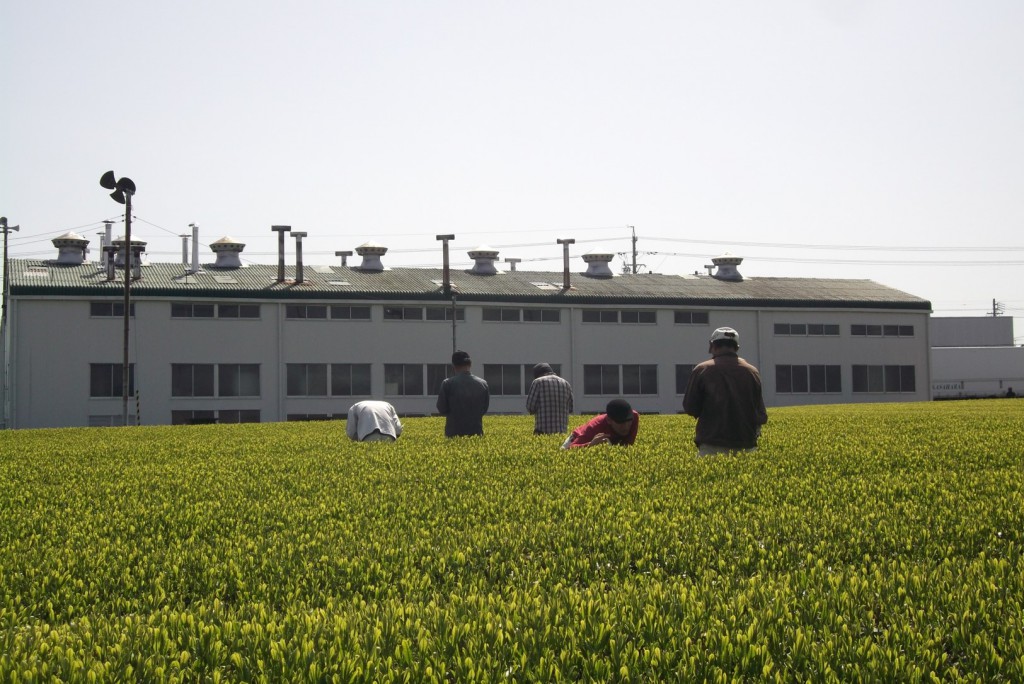
They carried out the observation survey. At first, they tried the test survey on the back of their tea factory.
Generally, tea production cooperative is organized by co-funding in order to share the use of large scale factory and machines for tea processing.
Members of the cooperative pluck tea sprouts and provide the tea leaves to the factory to produce “Aracha”, ingredient of loose leaf tea.
The style of cooperative has advantages such as suitability for mass production, reduction in the cost burden of cooperative members to use the machines for tea processing, ect. On the other hand, some issues arise sometimes. The big concern is the quality variation of tea leaves plucked by each member. Many tea production cooperatives entrust each member to decide schedule of plucking tea leaves. Decisions of cooperative members are somehow different each other, resulting the variation in quality of tea leaves plucked by each member. The variation might cause decline in the quality of “Aracha”, such as undesirable shape, liquor color and smell because of over-steaming or over-matured leaves etc..
In order to resolve this problem, from 2015, Makinan tea production cooperative have carried out the observation survey just before harvest season of first flush to make the best plan to pluck. Maturity degree of tea sprouts is different among tea gardens due to micro climate. It is necessary to see the degrees of maturity in all tea plantations for deciding the order of plucking.
All members of Makinan tea production cooperative went around and saw all tea gardens. And they checked the maturity of tea sprouts. All-hands survey can provide a common judgement about maturity of tea sprouts for all member of the cooperative, resulting in more uniformed quality of tea leaves, which can contribute much better quality of “Aracha”.
[Method of the observation survey]
(1) Sharing the common method of survey.
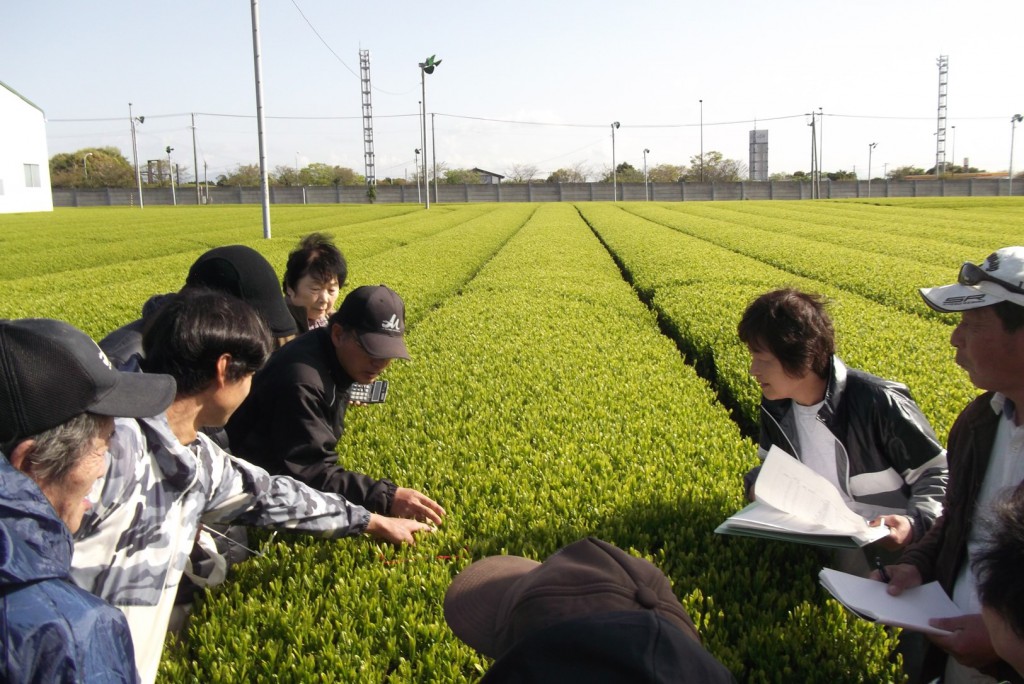
Mr. Suzuki, the vice-president of Makinan tea production cooperative, explained how to observe and all members shared the method.
(2) The owner of each tea garden selects three points to observe, which are estimated to be the earliest, average, latest point in a tea garden. And three groups observe each point.
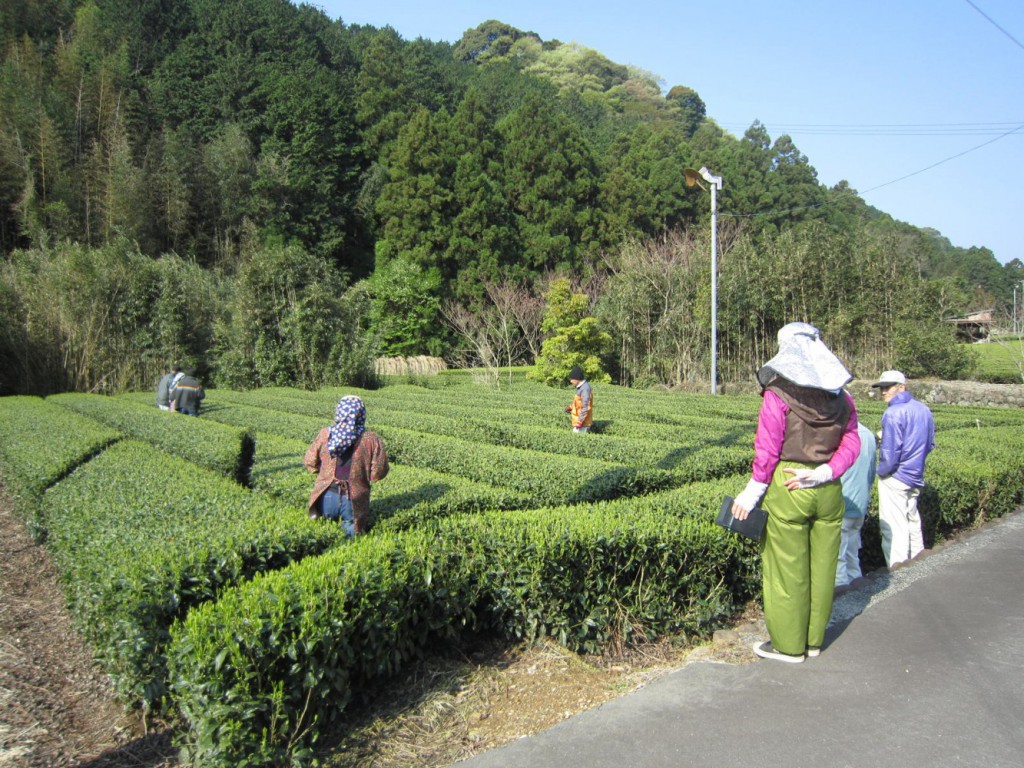
(3) Three members in each group carry out each role. The first one counts number of leaves and buds in the cage of 20cm*20cm scale. Second one records number of leaves of each bud. Third one calculate the total number of leaves in the cage, and then divide the total number of leaves by number of buds, calculating the average number of leaves per a bud.
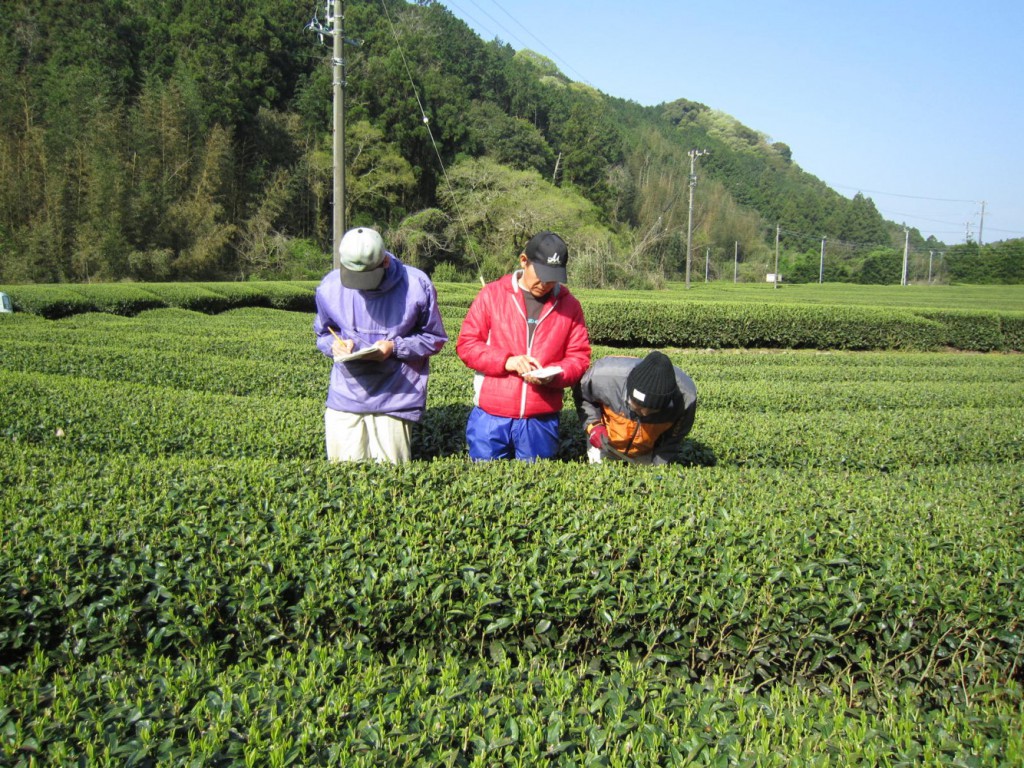
The man righthand counts aloud number of opened leaves and buds in the cage of 20cm*20cm scale. The man in the center calculate the total number of opened leaves. The man lightside records number of opened leaves on each bud. At the end, the man in the center divide total number of opened leaves by number of total bud.
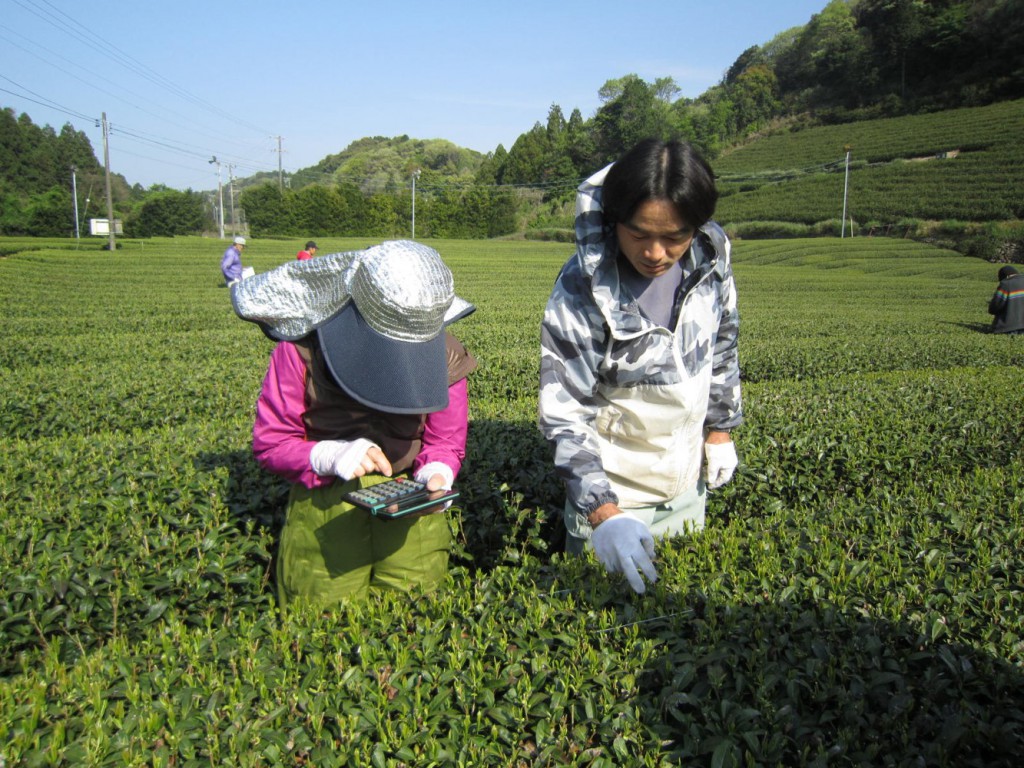
Near the hand of the man rightside, we can look the cage of 20cm*20cm scale.
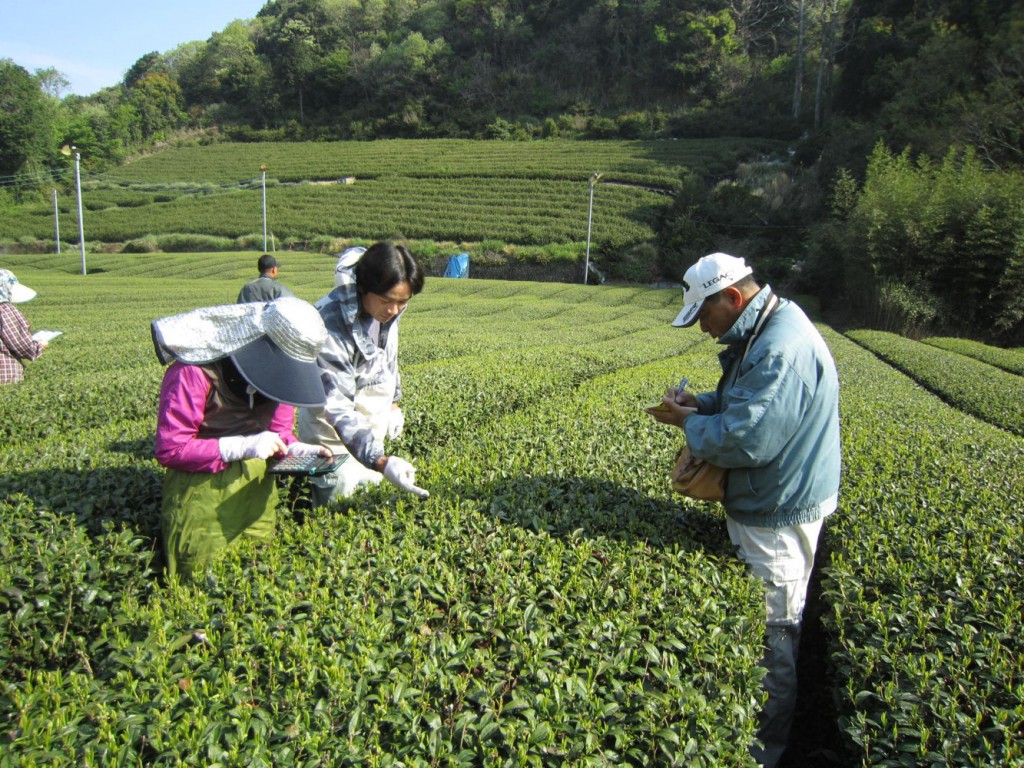
(4) Taking a close up picture of tea sprouts for the purpose of discussion or internal meeting to sophisticate the skills of cultivation and study much better fertilization.
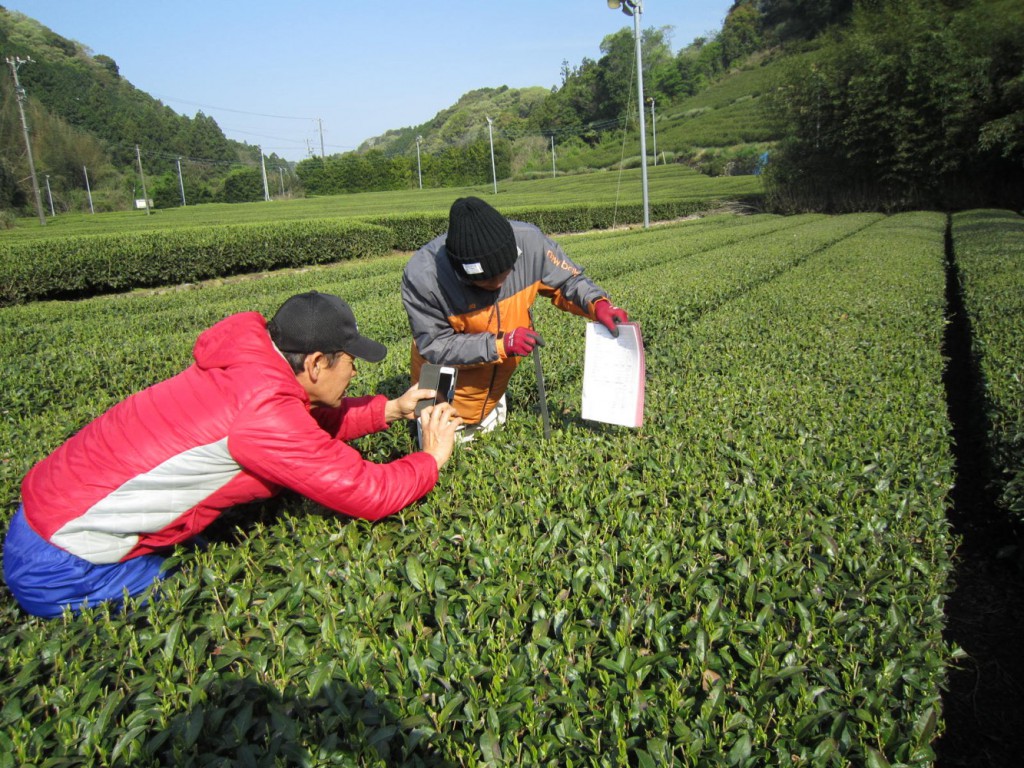
They repeated these processes in approx. 200 tea gardens for 2 days.
They continued the survey till approx. sunset at the 1st day.
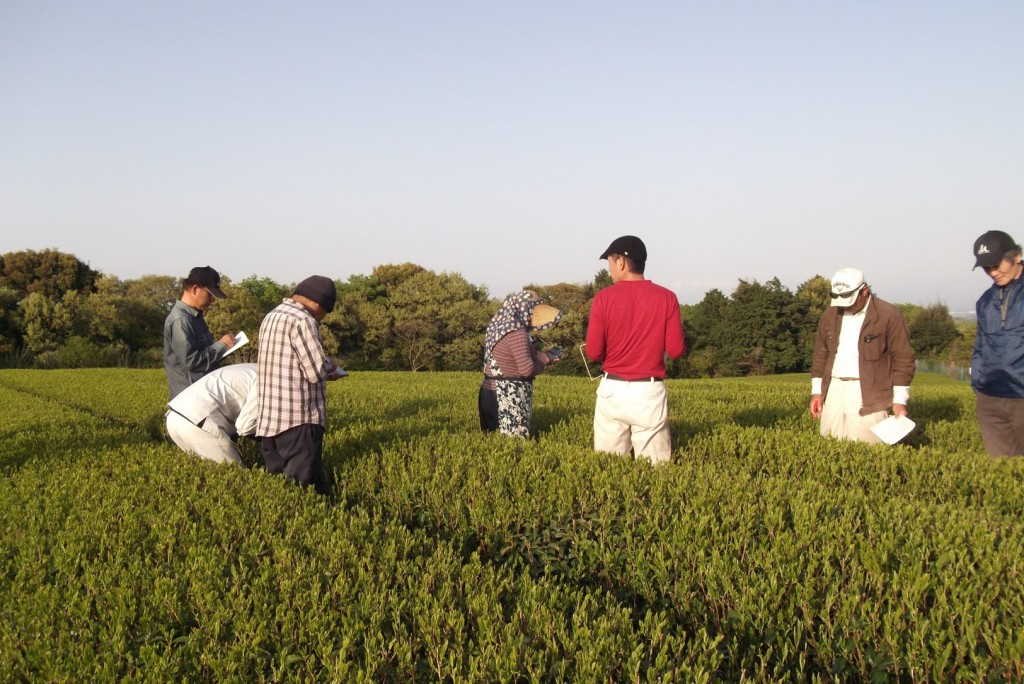
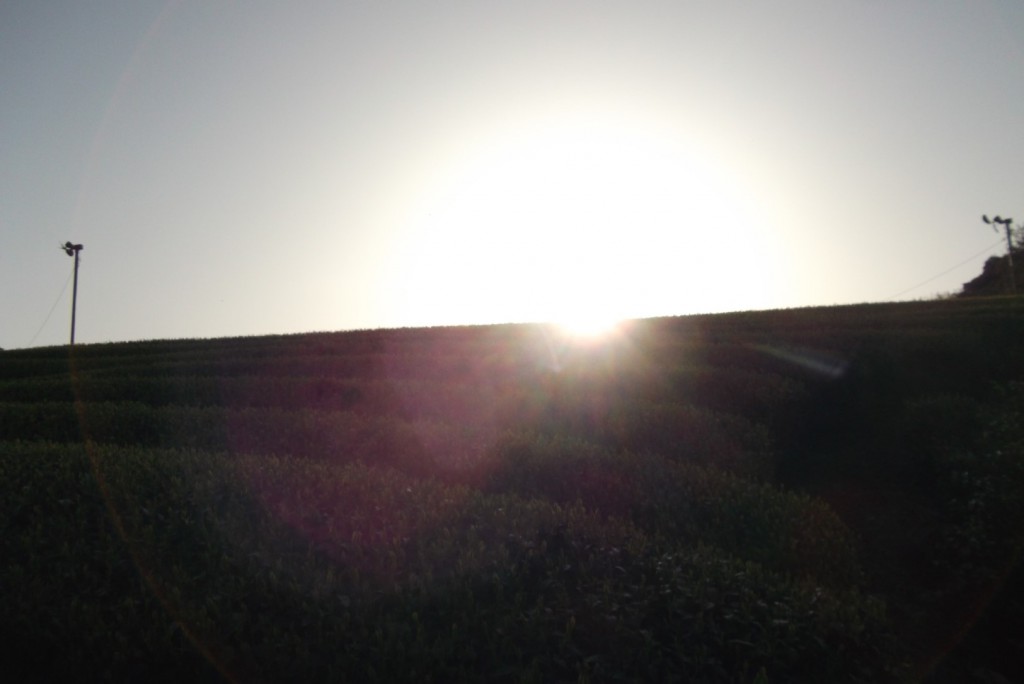
As a result, they made a plan for the best plucking as shown below. In this plan, they visualized which tea garden will be plucked and the aimed amount of harvest per each day.
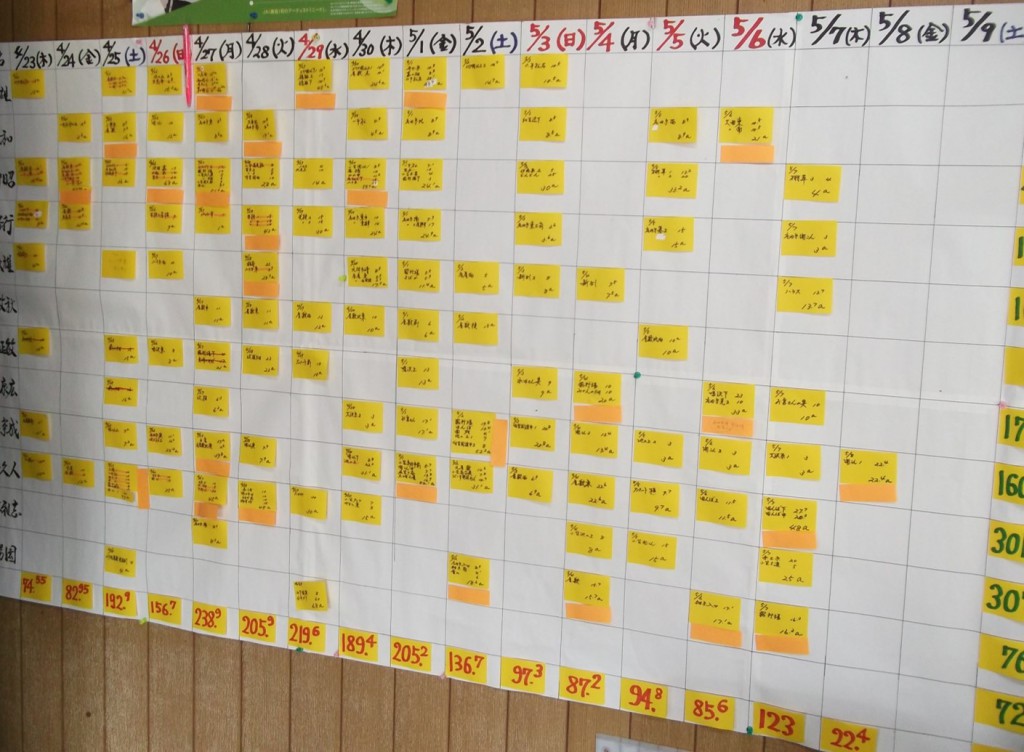
The plan of plucking in 2015. (Unfortunately I have not visited Makinan tea production cooperative after the survey, so I did not still take the picture.)
They manage beautiful tea plantations as follows.
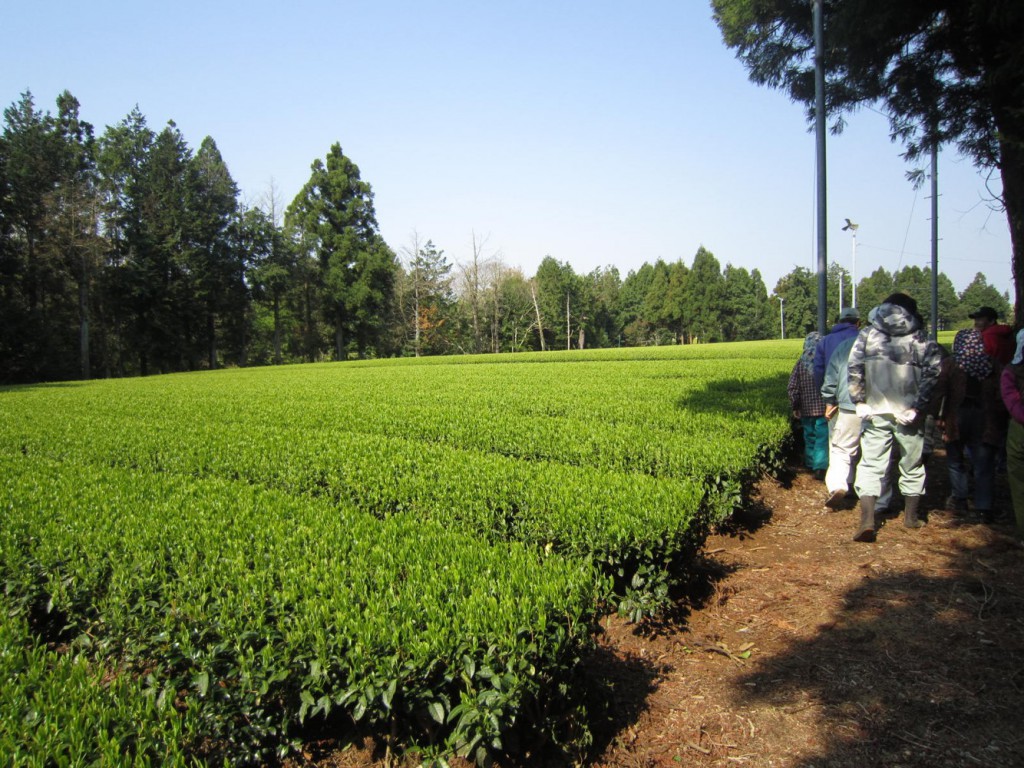 In 2015, the tea garden above was selected for hand-plucked tea due to the prominent management and early maturity.
In 2015, the tea garden above was selected for hand-plucked tea due to the prominent management and early maturity.
In deed, the color and shape of tea sprouts were so nice!!
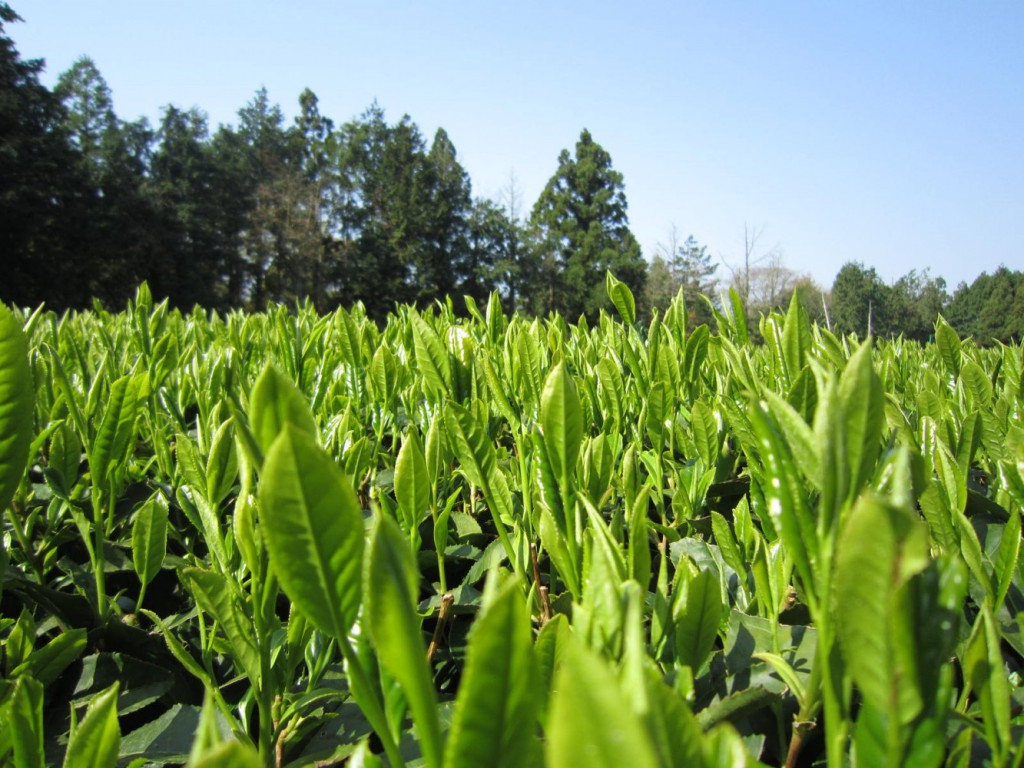
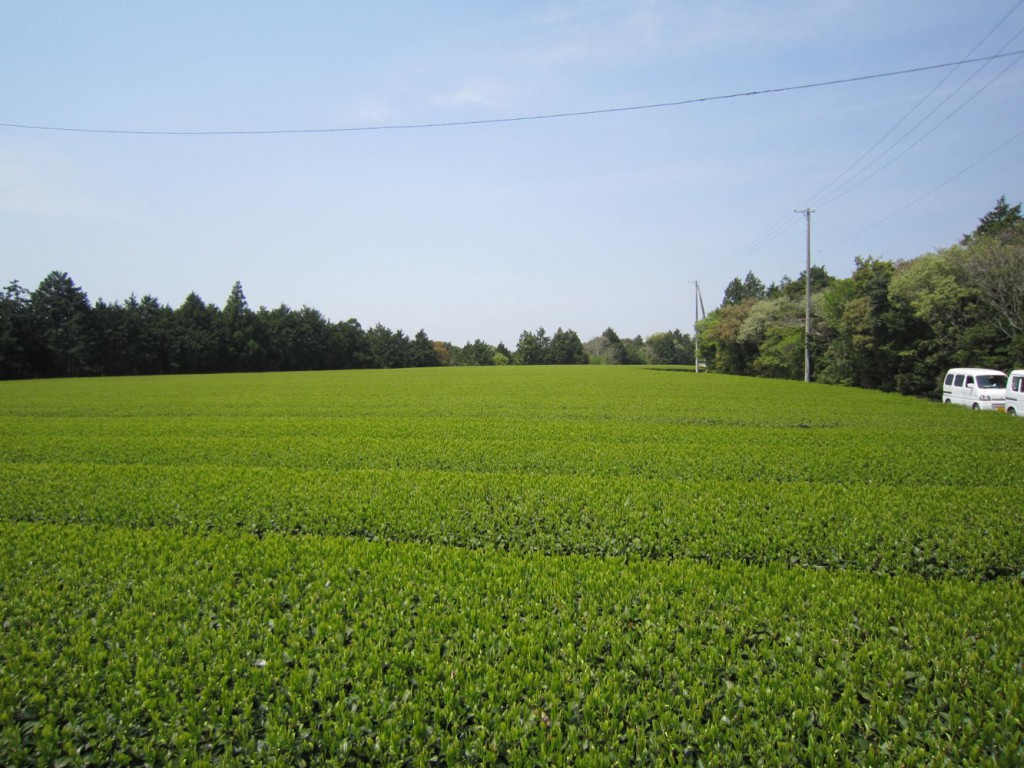 This tea garden is also well-managed.
This tea garden is also well-managed.
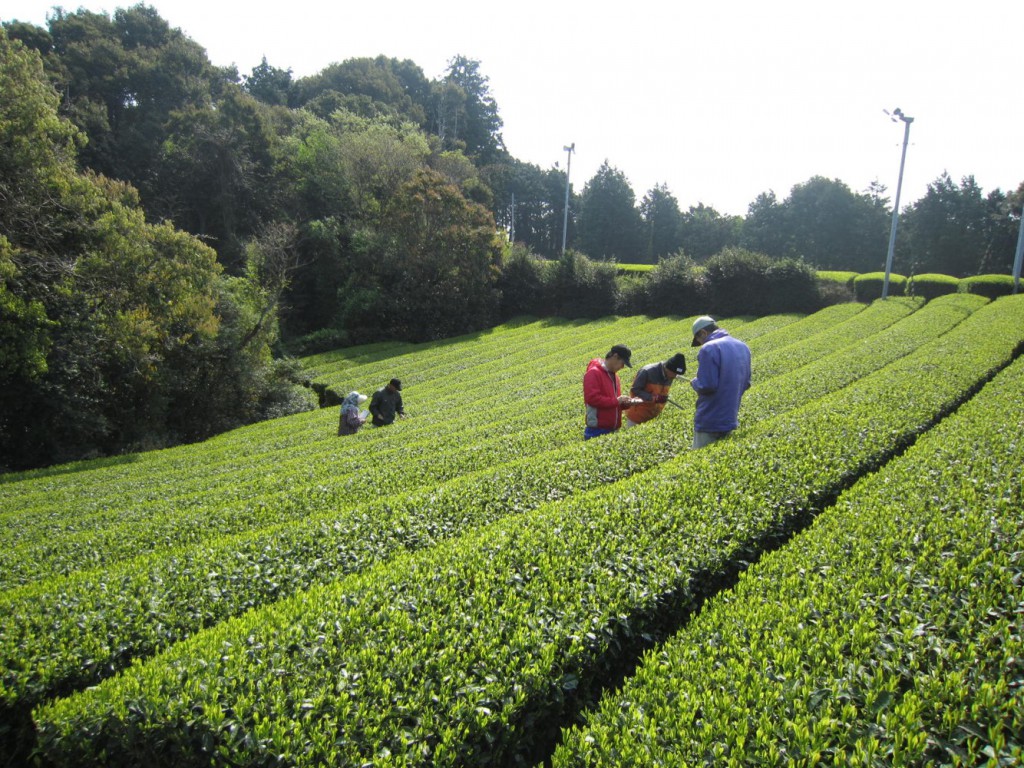


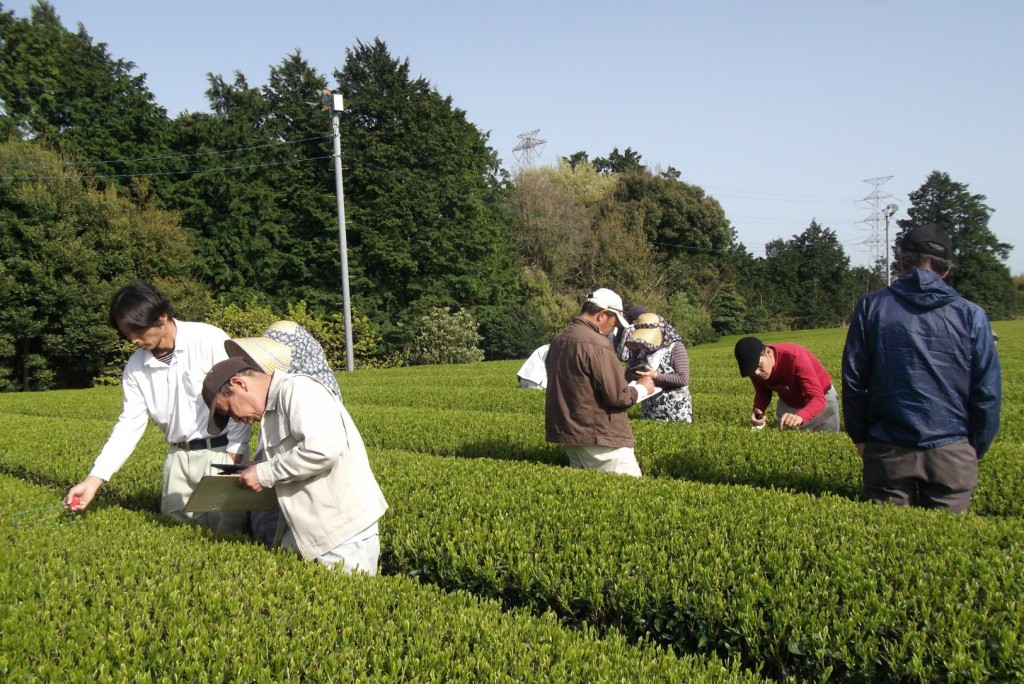
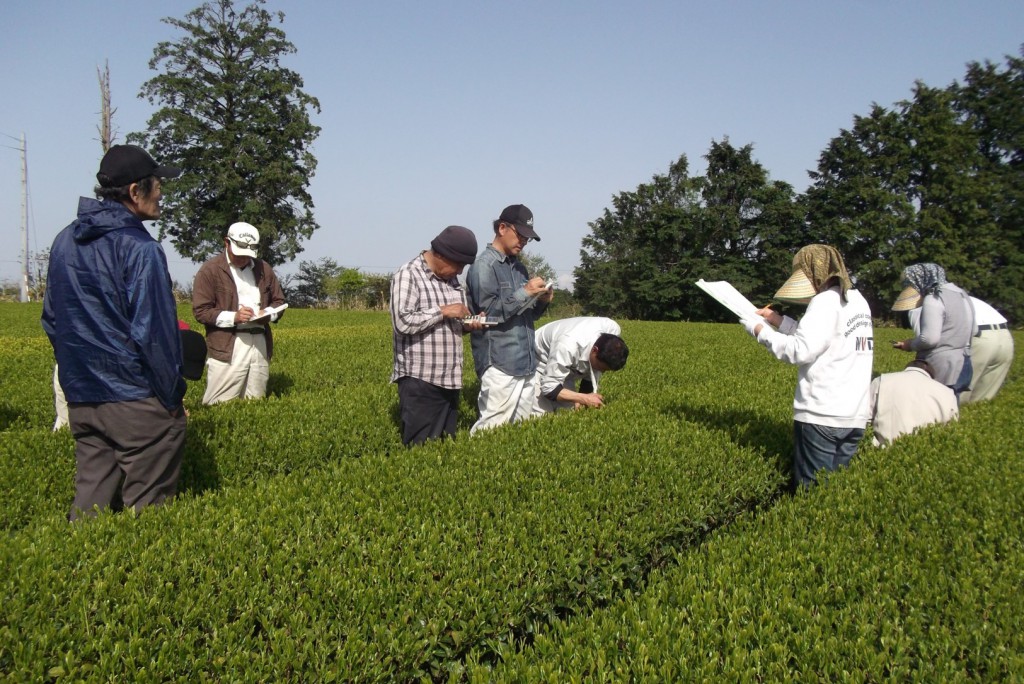
As shown above, they manage beautiful tea plantations in the rural area filled with natural beauty.
Each tea garden is basically well managed by each member.
The president of Makinan tea production cooperative said that there is some differences among each tea gardens and they need to sophisticate and uniform the skills for cultivation of tea plants in order to produce the finest “Aracha”.
I hope they will make more highly-skilled teas and we will enjoy teas made from their “Aracha”.

Looking so green and so good
treatment and good manage will produce the best quality teas as well, thanks for sharing.